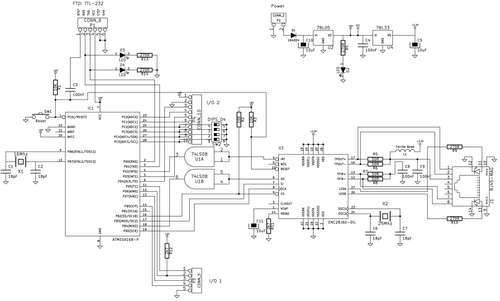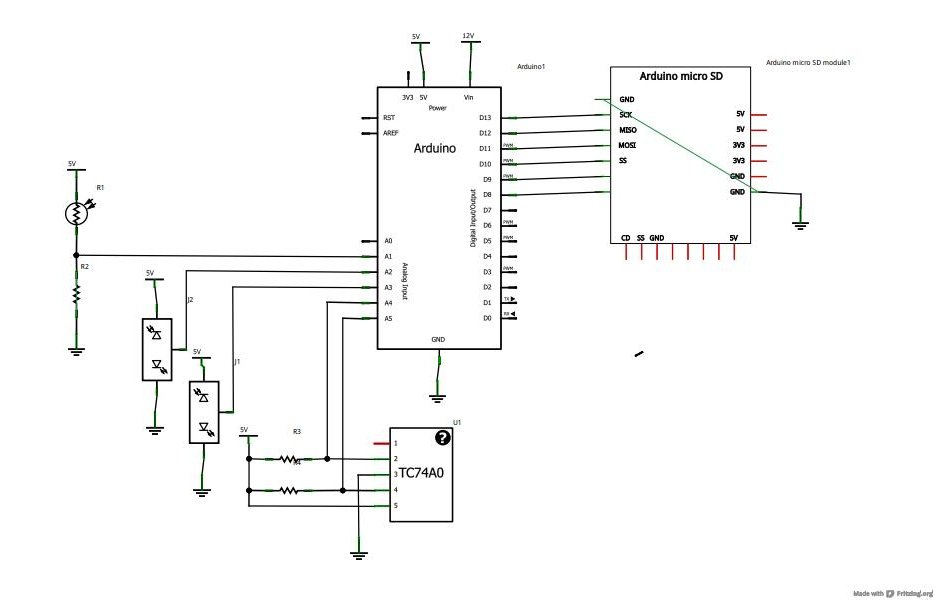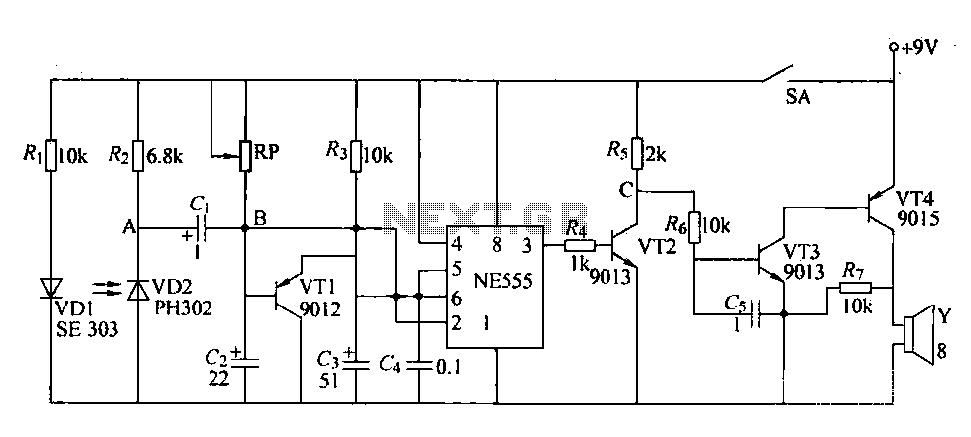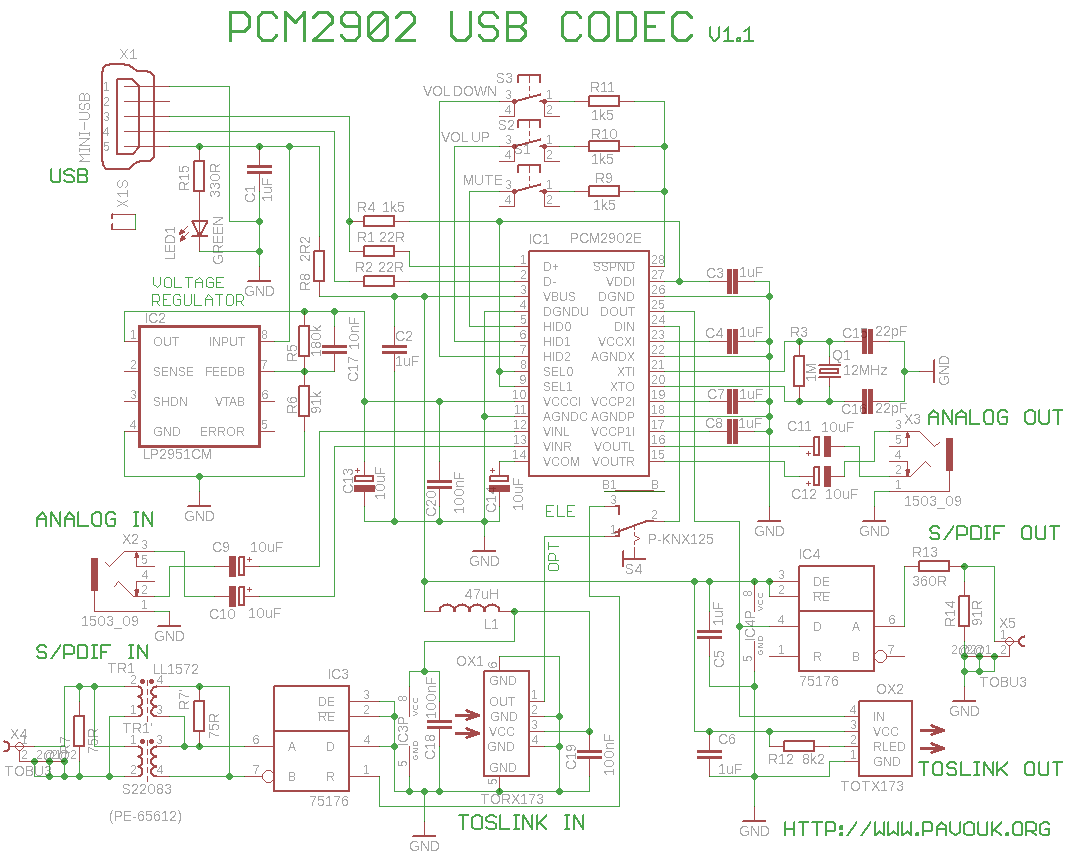
sd card logging
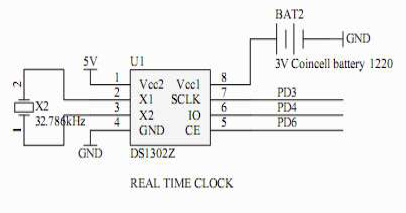
This documentation was compiled as a result of a bee hive temperature monitoring project. Multiple DS18B20 temperature sensors were used to sense the temperature at various locations in the hive. An Arduino with a Nuelectronics sensor shield was used to log the readings to an SD card. The RTC (Real Time Clock) on the shield was used to add a timestamp to the readings. The Nuelectronics real-time data logging shield is an all-in-one data-logging solution. However, the software was not found to be all-in-one. A FAT file system library, which was not designed for this shield, was used instead. A wire jumper is required between digital pins 10 and 5 due to the different chip select line of the Nuelectronics shield. For logged data readings to be useful, they require a timestamp. The Nuelectronics shield has a built-in RTC in the form of a DS1302 timekeeping chip and a coin cell battery backup. Once the clock on the chip has been set, it will keep the correct time even if the Arduino is reset or loses power. There is an excellent tutorial on SD card logging available on Ladyada's website. Although her tutorials are based on her SD logging shield, which is slightly different from the Nuelectronics data log shield, a wire jumper is still required between digital pins 10 and 5 to make the Nuelectronics shield work with the sdFAT library. Once the library has been installed, it is advisable to run the SdFATinfo example, which performs a self-test on the SD card. This should detect any potential SD card incompatibility errors. The sensor data is saved to the SD card as a CSV file, with a new file created each time the Arduino is powered up. An example from Ladyada demonstrates this for a light and temperature logger, but the RTC part of the code should be ignored since the RTC chip used on Ladyada's logging shield (DS1307) is different from the RTC chip on the Nuelectronics shield (DS1302).
This project involves the design and implementation of a temperature monitoring system for a bee hive, utilizing multiple DS18B20 temperature sensors for accurate temperature readings in various locations within the hive. The system is built around an Arduino microcontroller integrated with a Nuelectronics sensor shield, which facilitates the logging of temperature data to an SD card. The use of multiple DS18B20 sensors allows for comprehensive monitoring, ensuring that temperature variations at different points in the hive can be accurately captured.
The Nuelectronics sensor shield is equipped with a Real-Time Clock (RTC) module based on the DS1302 chip. This RTC is critical for time-stamping the logged temperature readings, providing context and enabling effective data analysis over time. The DS1302 chip is powered by a coin cell battery, ensuring that timekeeping is maintained even during power outages or resets of the Arduino. This feature is essential for long-term monitoring applications where consistent data logging is necessary.
To interface with the SD card, a FAT file system library is employed, although it is not specifically designed for the Nuelectronics shield. This necessitates the use of a wire jumper connecting digital pins 10 and 5, which accommodates the different chip select line utilized by the shield. Once the appropriate libraries are installed, it is recommended to execute the SdFATinfo example. This example serves as a diagnostic tool, performing a self-test on the SD card to identify any compatibility issues that may arise.
The logged temperature data is formatted as CSV files, which are easily accessible and compatible with various data analysis tools. Each time the Arduino is powered up, a new file is created, ensuring that data from different sessions is organized and easily retrievable. Although the project references tutorials from Ladyada, which are based on a different logging shield, the principles of data logging and RTC integration remain applicable. It is important to note that the RTC code from Ladyada's examples should be adjusted to account for the differences in RTC chips between her shield and the Nuelectronics shield, specifically replacing the DS1307 references with those applicable to the DS1302.This documentation was compiled as a result of a bee hive temperature monitoring project. Multiple DS18B20 temperature sensors were used to sense the temperature at various locations in the hive. An Arduino with a Nuelectronics sensor shield was used to log the readings to an SD card. The RTC (Real time clock) on the shield was used to add a time stamp to the readings. The Nuelectronics real-time datalogging shield is an all-in-one` data-logging solution. However I did not find the software to be all-in-one`. I ended up using a FAT file system library which was not designed for this shield, see software section from further details. Since the Nuelectronics shield uses a different chip select line a wire jumper is required between digital pins 10 and 5.
For logged data readings to be useful they require a time stamp. The Nuelectronics shield has a built in RTC (Real-time clock) in the form of a DS1302 timekeeping chip and a coin cell battery backup. Once the clock on the chip has been set the chip will keep the correct time even if the Arduino is reset or looses power.
There is an excellent tutorial on SD card logging available on Ladyada`s website here. Although her tutorials are based on her SD logging shield which is slightly different to the Nuelectronics datalog shield. As mentioned earlier a wire jumper is required between digital pins 10 and 5 to make the Nuelectronics shield work with the sdFAT library.
Once the library has been installed it`s a good idea to run the SdFATinfo` example which basically performs a SD card self test. This should pickup any potential SD card incompatibility errors. I wanted the sensor data to be saved to the SD card as a. csv file with a new file created each time the Arduino is powered up. Ladyada has a good example which does just that for a light and temperature logger. Ignore the RTC part of the code since the RTC chip used on Ladyada logging shield (DS1307) is different to the RTC chip on the Nuelectronics shield (DS1302).
🔗 External reference
This project involves the design and implementation of a temperature monitoring system for a bee hive, utilizing multiple DS18B20 temperature sensors for accurate temperature readings in various locations within the hive. The system is built around an Arduino microcontroller integrated with a Nuelectronics sensor shield, which facilitates the logging of temperature data to an SD card. The use of multiple DS18B20 sensors allows for comprehensive monitoring, ensuring that temperature variations at different points in the hive can be accurately captured.
The Nuelectronics sensor shield is equipped with a Real-Time Clock (RTC) module based on the DS1302 chip. This RTC is critical for time-stamping the logged temperature readings, providing context and enabling effective data analysis over time. The DS1302 chip is powered by a coin cell battery, ensuring that timekeeping is maintained even during power outages or resets of the Arduino. This feature is essential for long-term monitoring applications where consistent data logging is necessary.
To interface with the SD card, a FAT file system library is employed, although it is not specifically designed for the Nuelectronics shield. This necessitates the use of a wire jumper connecting digital pins 10 and 5, which accommodates the different chip select line utilized by the shield. Once the appropriate libraries are installed, it is recommended to execute the SdFATinfo example. This example serves as a diagnostic tool, performing a self-test on the SD card to identify any compatibility issues that may arise.
The logged temperature data is formatted as CSV files, which are easily accessible and compatible with various data analysis tools. Each time the Arduino is powered up, a new file is created, ensuring that data from different sessions is organized and easily retrievable. Although the project references tutorials from Ladyada, which are based on a different logging shield, the principles of data logging and RTC integration remain applicable. It is important to note that the RTC code from Ladyada's examples should be adjusted to account for the differences in RTC chips between her shield and the Nuelectronics shield, specifically replacing the DS1307 references with those applicable to the DS1302.This documentation was compiled as a result of a bee hive temperature monitoring project. Multiple DS18B20 temperature sensors were used to sense the temperature at various locations in the hive. An Arduino with a Nuelectronics sensor shield was used to log the readings to an SD card. The RTC (Real time clock) on the shield was used to add a time stamp to the readings. The Nuelectronics real-time datalogging shield is an all-in-one` data-logging solution. However I did not find the software to be all-in-one`. I ended up using a FAT file system library which was not designed for this shield, see software section from further details. Since the Nuelectronics shield uses a different chip select line a wire jumper is required between digital pins 10 and 5.
For logged data readings to be useful they require a time stamp. The Nuelectronics shield has a built in RTC (Real-time clock) in the form of a DS1302 timekeeping chip and a coin cell battery backup. Once the clock on the chip has been set the chip will keep the correct time even if the Arduino is reset or looses power.
There is an excellent tutorial on SD card logging available on Ladyada`s website here. Although her tutorials are based on her SD logging shield which is slightly different to the Nuelectronics datalog shield. As mentioned earlier a wire jumper is required between digital pins 10 and 5 to make the Nuelectronics shield work with the sdFAT library.
Once the library has been installed it`s a good idea to run the SdFATinfo` example which basically performs a SD card self test. This should pickup any potential SD card incompatibility errors. I wanted the sensor data to be saved to the SD card as a. csv file with a new file created each time the Arduino is powered up. Ladyada has a good example which does just that for a light and temperature logger. Ignore the RTC part of the code since the RTC chip used on Ladyada logging shield (DS1307) is different to the RTC chip on the Nuelectronics shield (DS1302).
🔗 External reference
